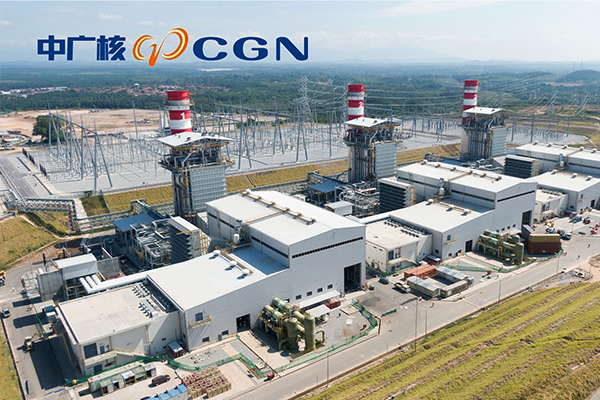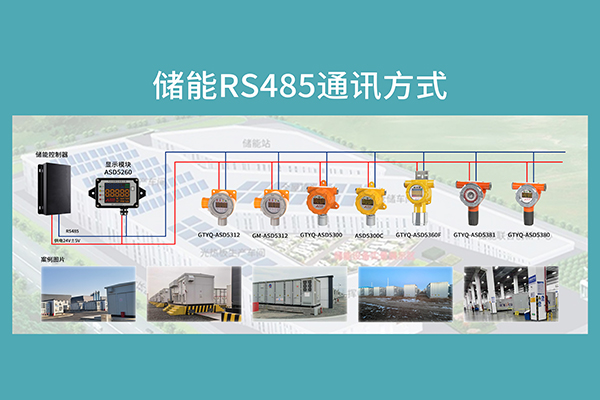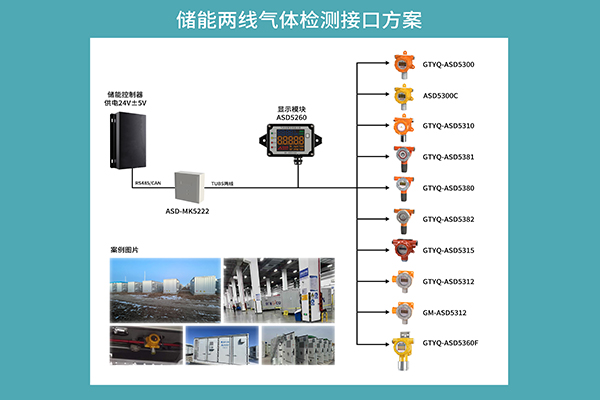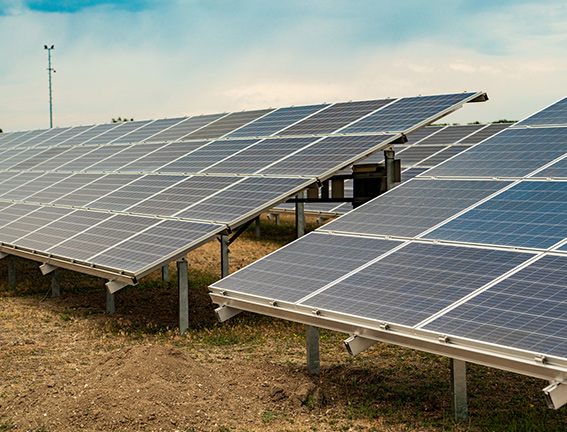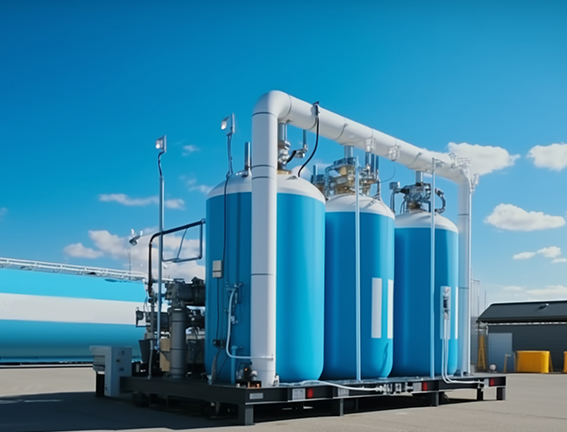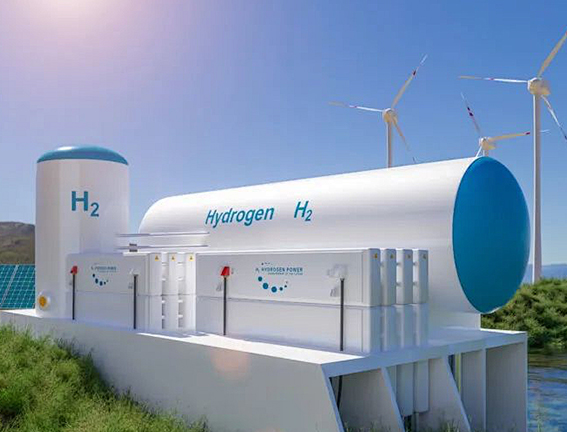Energy storage RS485 communication method - CGN New Energy Xintian Energy Storage Power Station Project
The Xintian Energy Storage Power Station Project of CGN New Energy is invested and constructed by CGN (Hunan) New Energy Development Co., LTD., with a total investment of 400 million yuan. After the project is put into operation, it will pay an annual tax of 4 million yuan. This will not only meet the development needs of new energy in the whole province, but also enhance the regulation capacity of the power system, relieve the transmission pressure of new energy in the Xintian area and the consumption level of new energy, improve the reliability of power supply in the power grid, and enable the power grid to operate safely and economically.
